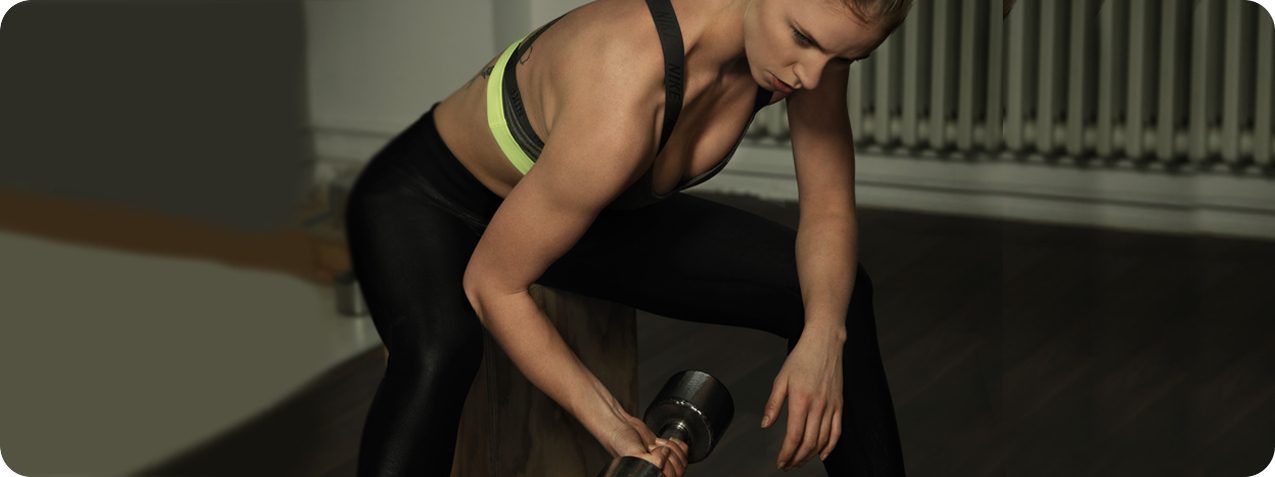What is Cross-Training for Dancers?
What is cross-training and why excessive ballet classes are not the answer.
‘Get stronger’
One of the most useless pieces of advice a dancer can receive. If it’s not adequately backed with sufficient advice on how to efficiently and safely gain strength.
It’s not just technology that has incurred a speedy evolution over the last 100 years, it’s the arts as well. We may not have AI integrated into our training just yet but the requirements on the demands of the human body have been dramatically increased. Height of legs must be extensively higher, jumps have increased balloon and pirouettes must be in the multiples. Not to mention the need for dancers to quickly and effectively switch between classical ballet and neo-classical or contemporary pieces thus placing their bodies under extra strain and making them far more susceptible to injury.
Gone are the days where ballet class has been sufficient for a career as a dancer.
It’s not just speculative that dancer specific conditioning needs cannot be met through ballet, it’s a fact.
I spent my career feeling endlessly weak. I struggled to hold my turn out, control my legs and muscle fatigue sunk in way before allegro had even begun.
I was lost as to where to turn to for help and the only strength training advice I was ever given through was to simply “do more ballet classes”.
This view is based purely on the concept that practice makes perfect, and more practice means more progress at a far more prevalent level. However this advice is sadly flawed.
Yes, conducting a movement countless times may make you become accustomed to that movement, but what if the movement patterns your executing is incorrect?
If you have errors in your technique or if you practice in a way that is contrary to how your body functions best at an anatomical level, you create problems, muscle imbalances and tightness. By performing the same incorrect movement patterns over and again will not only halt your progression but is detrimental to your health and often can lead to injury.
Enter cross-training.
Cross training simply means training with a few different types of exercise, movement, or modalities. If you go for the occasional walk, do a yoga class, or jump in the pool for a swim, I’ve got some very exciting news for you, you’re already cross training.
The secret sauce however is to modify cross training specifically to your goals, your needs and your desires.
A ballerina builds their habits throughout their career. Absorbing knowledge from teachers, fellow students and the infamous Dr Google. The exercises they learn and knowledge they attain is often based on habit rather than what is useful for that individual dancer, their body and their skill level. Strength training is not one size fits all which is why my belief is it must be taught with different types of bodies in mind, and taught with the idea that each exercise, workout and class must be adapted to each individual.
A good cross training program consists of the following:
- Addresses a dancer’s weak points and aims at progressively enhancing them through principles of effective training, progressive overload, specificity training, intensity and volume.
- Incorporating the requirements needed for that dancers upcoming work.
- Takes into consideration the dancer’s past injuries, muscle imbalances and where the dancer may holds tension.
Think of football players and their training. Each footballers training schedule will be created uniquely to them based on multiple factors including body composition, skill level and position they are playing. A goalie requires far more full body mobility than someone playing defense. A player playing defense may require more upper and lower body strength than mobility.
If so many elite sports have this specific view on their team members, why don’t dancers?
A Corps de ballet member who has a season of Swan Lake and Giselle ahead (two ballets that require an immense amount of aerobic endurance training) should assess and alter their cross training program for those ballets specifically.
A ballet class, ranging from 1-1.5 hours will have an average of 30-45 minutes of cardiorespiratory activity, however in Swan Lake, a Corps de ballet member may be required to be on stage with intense focus, precision and strain on their body for over 2 hours.
With ballet class not being sufficient enough, I’d advise the dancer to focus on progressively building their endurance through aerobic activity such as swimming, cycling or jogging.
The key is finding the correct balance between training principles and excessive strain.
Training Principles are stressing the body beyond the normal limits to promote adaptive improvements in endurance and strength. However we must do this at the precise velocity to ensure dancers have progressive adaptive improvements but not put under excessive strain leading to possible injury or burnout.
Learning how to incorporate cross training into your schedule, isn’t a fine-art, it’s simply the right education. The Train Like a Ballerina app was created for this specific reason. It includes hundreds of dancer specific workouts which you can incorporate into your raining schedule weekly, with carefully curated programs which progressively build up strength, enhance flexibility and sculpt a lean and strong body of a ballerina.
Head to the App Store, Google Play or the TLB website to start your 7-day free trial today.
Throughout this series we will delve into the rewards and the risks of cross training, debunk the myth of bulking and strength training, touch on endurance and how you can increase yours and help you navigate incorporating cross training into your schedule.
In PART TWO we will learn the benefits and risks involved with starting and continuing cross-training for ballerinas.
Train Like a Ballerina is a ballet-inspired fitness platform designed to help dancers and dance enthusiasts gain strength & flexibility anywhere, anytime. Master your ballet technique with our weekly workout, programs and ballet body specific classes. Train like a beast, look like a ballerina.







